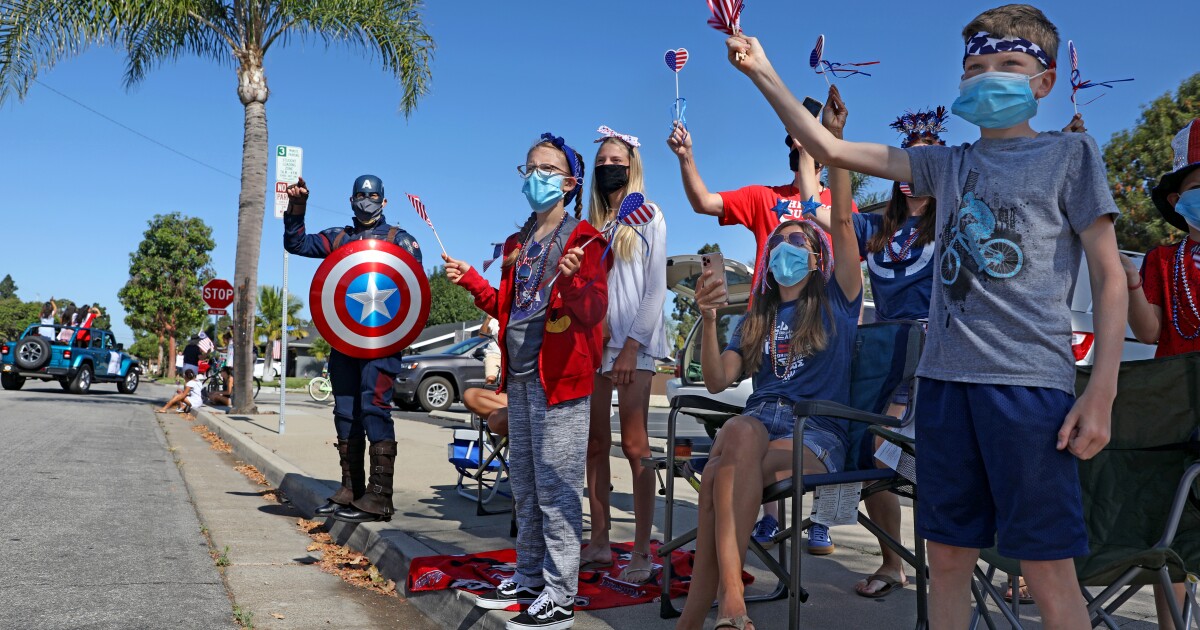In what officials described Saturday as an “alarming” increase, hospitalizations of patients with confirmed coronavirus infections in Los Angeles County have increased 41% in the past three weeks.
On Friday, there were 1,947 patients in Los Angeles County hospitals with confirmed coronavirus infections; seven days earlier, there were 1,717; the week before that, there were 1,426; and the week before that, there were 1,383.
The number of patients with confirmed coronavirus infections in the intensive care unit increased by 35% in the last two weeks; On Saturday, 549 people were in the ICU; last Saturday there were 446, and the week before there were 408.
Los Angeles County officials Monday warned of “alarming increases in cases, positivity rates and hospitalization” and projected the possibility of running out of hospital beds in two to three weeks; The number of ICU beds could run out sometime in July.
“If the trajectory continues, the number of beds in the ICU, our most limited resource, is likely to be inadequate in the near future,” a memo released Saturday by the Los Angeles County Department of Public Health to providers said. of medical attention.
The county warned healthcare providers that officials are “concerned that acute care hospitals need to start implementing decompression plans and prepare for another wave of cases.”
The memo said that acute care hospitals in Los Angeles County were asked on June 26 “to review their decompression plans and prepare for another wave of hospitalizations.”
The increase in coronavirus cases across the state has caused alarm.
Authorities feared that the weekend of July 4 of crowded beaches, barbecues, parties, and crowded restaurants would lead to an increase in new infections, further overwhelming hospitals. The data showed that The COVID-19 surge in California began over Memorial Day weekend, as people trapped inside for months decided to return to the old routines.
But it seems the dire warnings, as well as the new restrictions, had the desired effect, as on July 4 crowds dwindled dramatically on beaches, parks and elsewhere.
